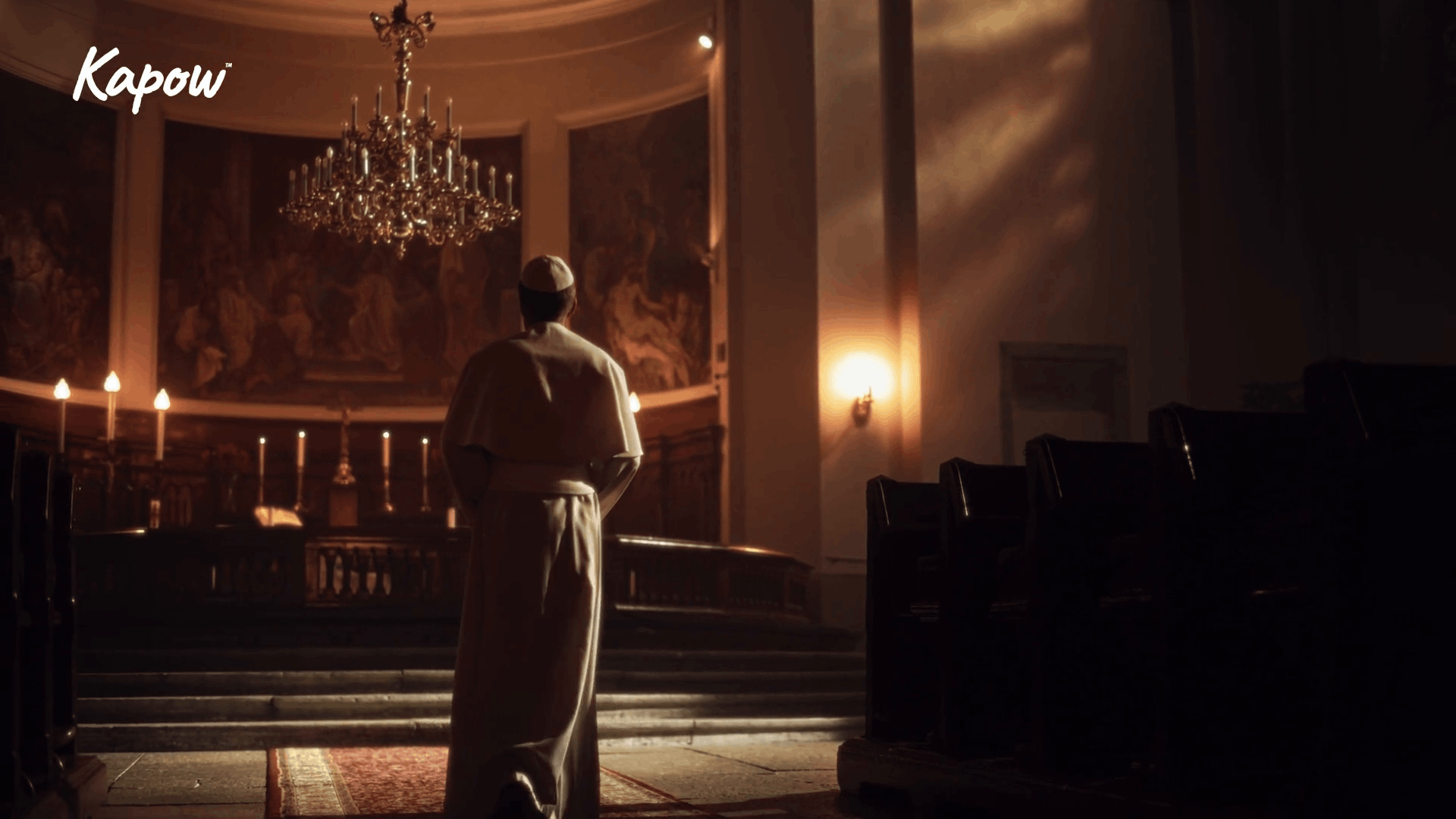year: Year 6
Teacher video: Exploring AI unit overview
Prepare to teach Year 6 children about AI, exploring real-world examples, ethical issues and common misconceptions.
Demo videos in Design & Technology
Demo videos in Art & Design
Videos in RSE & PSHE
Teacher video: Buddhist scripture
This Religion and worldviews video introduces key beliefs and practices linked to Buddhist scripture.
Teacher video: Hindu scripture
This Religion and worldviews video introduces key beliefs and practices linked to Hindu scripture.
Teacher overview video: Remembrance
This video introduces teachers to Kapow Primary’s Whole school Remembrance collection, ensuring teachers feel prepared to guide children in learning about remembrance with sensitivity and purpose.
Teacher video: Christian denominations
This Religion and worldviews video introduces teachers to the concept of Christian denominations how they emerged through interpretations of the Bible, belief and practice.









